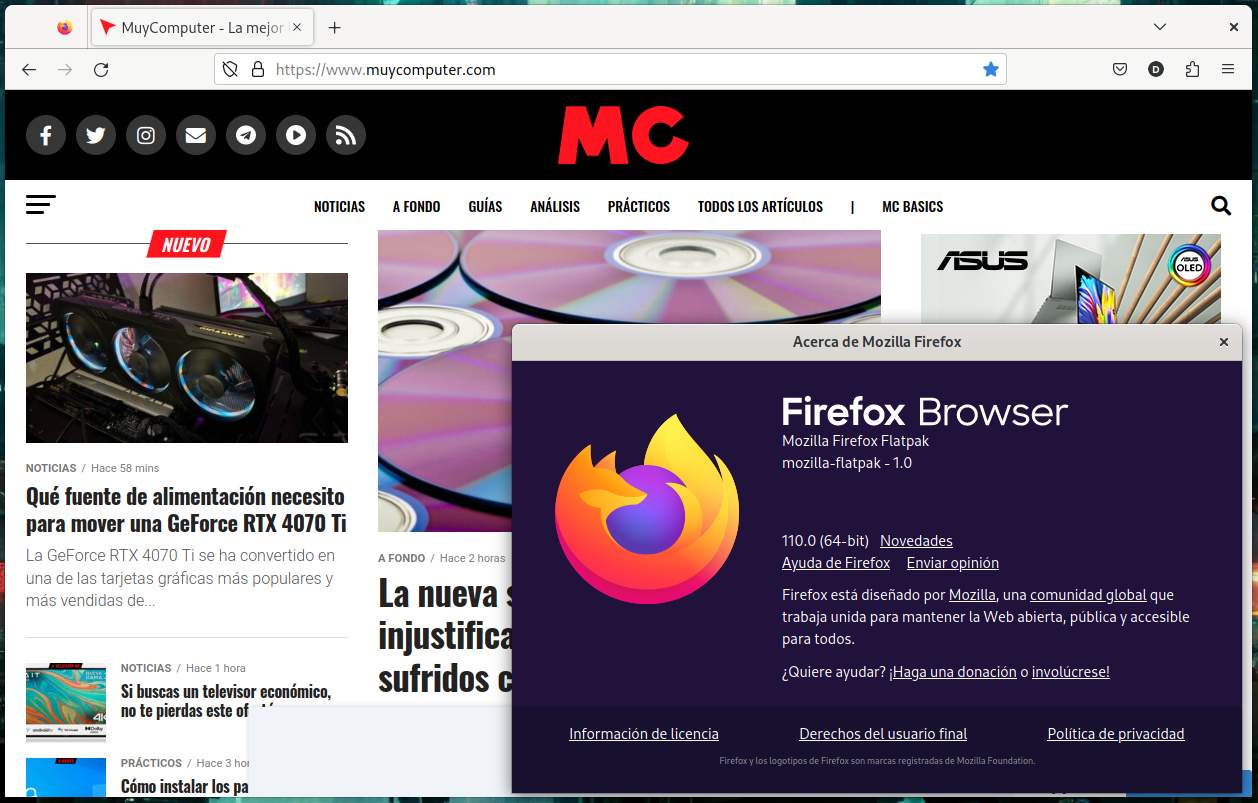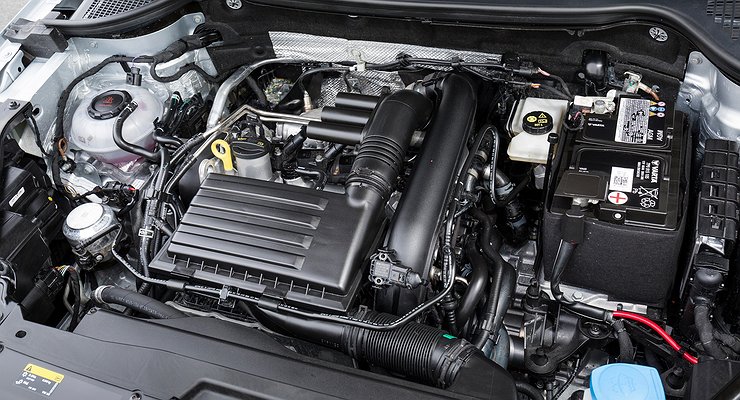Mozilla Firefox 110 It is now available as a new major version of the browser, which this time comes with improvements in data import from other web browsers and performance.
Firefox is now capable import bookmarks, history and passwords from Opera, Opera GX and Vivaldi, which are in addition to Microsoft Edge, Chromium and Safari. Opera and Vivaldi may not be popular web browsers, but it doesn’t hurt that Firefox can import data to make switching from one application to another as easy as possible.
Mozilla Firefox 110 ha improved WebGL performance on Windows, Linux, and macOS; has canvases enabled by default (canvas) GPU acceleration on Linux and macOS; enables hardware-rendered video overlay on non-Intel graphics in Windows 10 and 11, which improved video playback performance and scaling quality; in addition to having enabled sandbox protection for processes running over the GPU in Windows.

Another feature introduced in the Windows build is that third-party modules can be blocked from being loaded into Firefox, which can be very useful in situations where they cause the application to freeze, crash, or otherwise misbehave. On the other hand, the datetime and local datetime fields can be deleted using keyboard shortcuts Ctrl+Retroceso and Ctrl+Suprimir on Windows and Linux and Cmd+Retroceso and Cmd+Suprimir on macOS.
Firefox 110 aside, it seems so Mozilla, like Google, is investigating a way to use Gecko/Quantum on iOS, Apple’s mobile operating system. Since Mozilla and Google are moving in the same direction, it seems that the giant from the bitten apple will back down on its policy of imposing the WebKit used by Safari on all third-party web browsers, a situation that, in addition to being immoral, has cost it strong criticism.
All details about Mozilla Firefox 110 are available in the release notes, while the application can be obtained for Windows, macOS and Linux from the respective download section. If you have it installed, you can force the update via Main Menu > Help > “About Firefox”, although for Linux it’s logical to wait for it to arrive via the distribution repository, Snap and/or Flathub (Flatpack). The thing about Android is that it comes through the Google Play Store.














